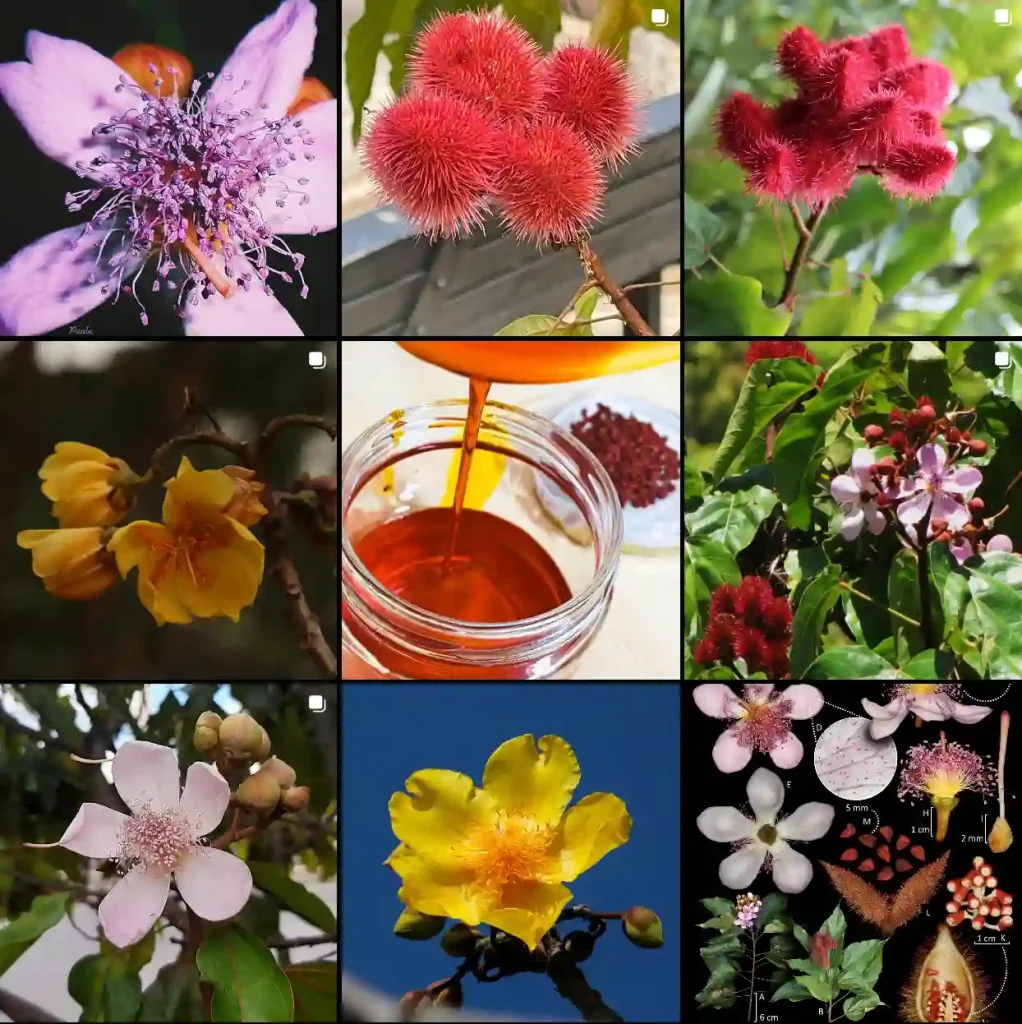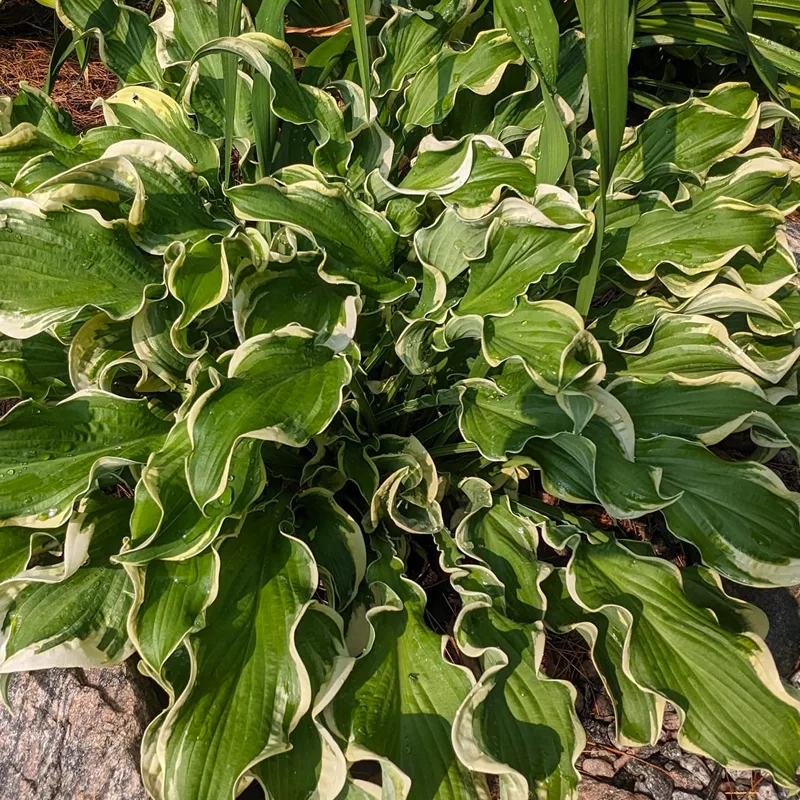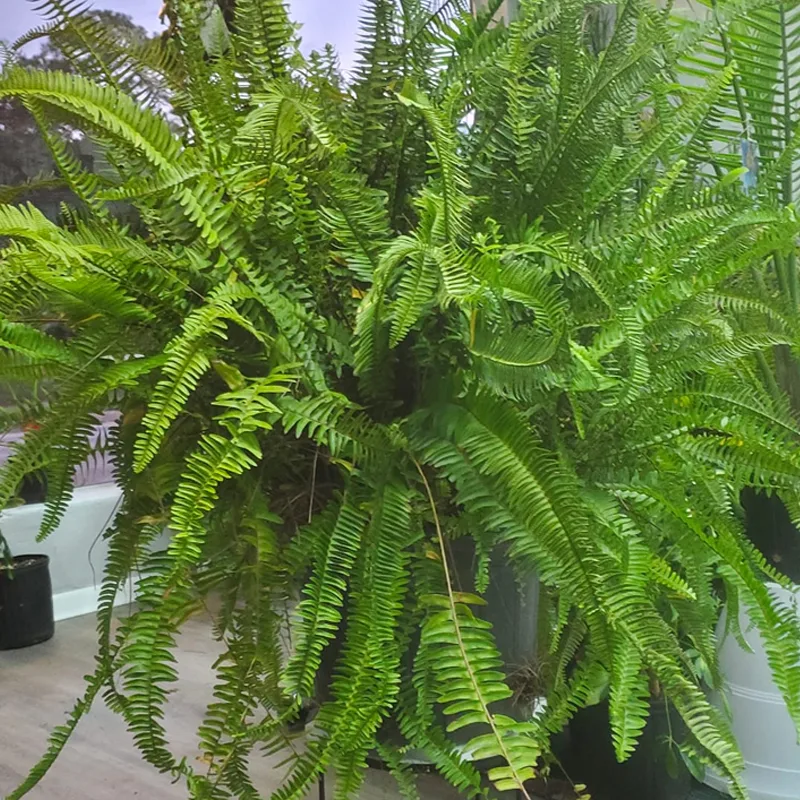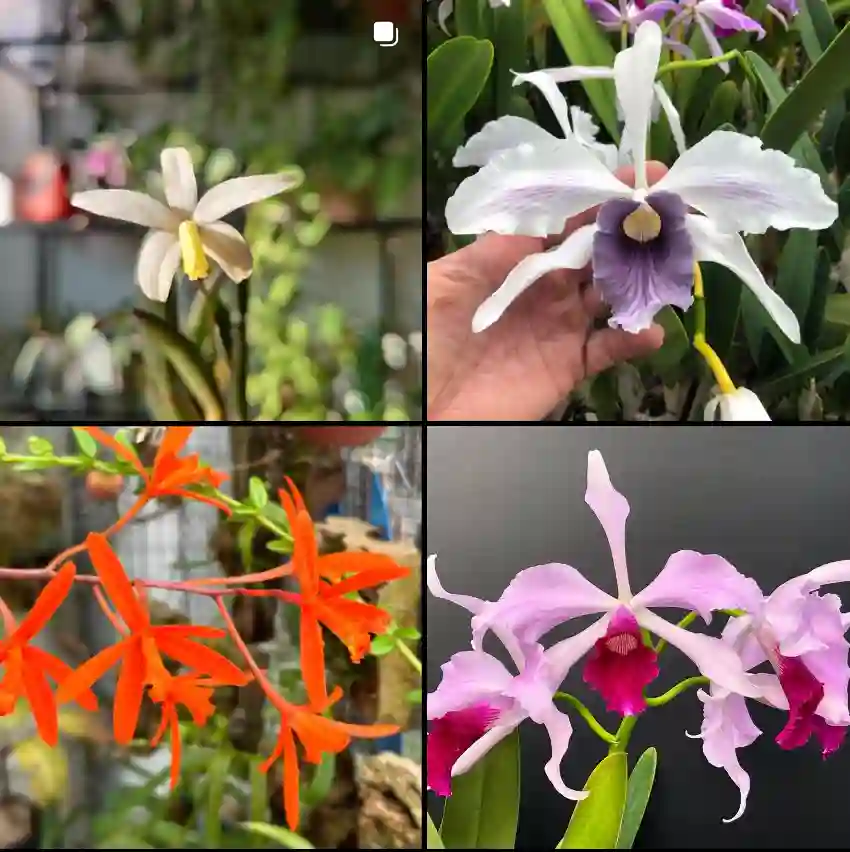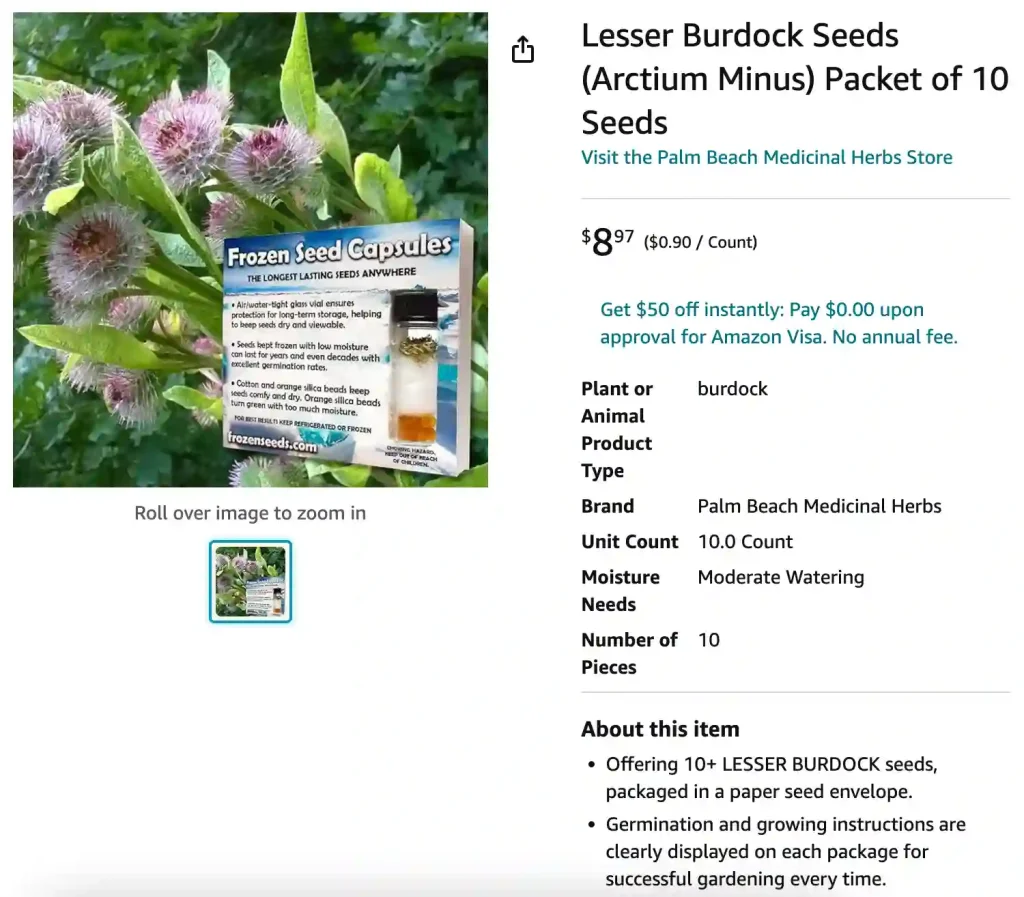
What is Arctium Minus?
Arctium Minus, commonly known as Lesser Burdock, is a perennial herb native to Europe and Asia, though it has spread to North America as well. It belongs to the Asteraceae family and is closely related to Arctium Lappa, or Greater Burdock. Lesser Burdock is known for its distinctive large leaves and bur-like seed heads that can cling to clothing and fur, which is why it’s often called “burdock.”
52 Species in Genus Arctium
Is Arctium Minus Edible?
Yes, Arctium Minus is edible. Both the root and leaves are used in culinary applications, particularly in traditional European dishes. The root, when cooked, has a mild, earthy flavor that is often compared to artichokes or celery. The young leaves can be used in salads or cooked like spinach. However, the plant’s burred seed heads are not typically consumed. When foraging for Arctium Minus, it’s important to ensure proper identification, as it can be confused with other similar plants.
Arctium Minus vs Arctium Lappa
The primary difference between Arctium Minus and Arctium Lappa is their size and growth habit. Arctium Lappa, or Greater Burdock, is generally larger with broader leaves and a more robust growth. Lesser Burdock, or Arctium Minus, is smaller and tends to have narrower leaves. Both plants have similar uses and medicinal properties, but Arctium Lappa is more commonly used in herbal medicine due to its larger root size.
How to Care for Arctium Minus?
Caring for Arctium Minus is relatively straightforward. It prefers a sunny to partially shaded location with well-drained soil. While it can tolerate a range of soil types, it thrives best in rich, loamy soil. Water the plant regularly, but avoid waterlogging, which can cause root rot. Arctium Minus is fairly low-maintenance and does not require heavy fertilization.
How to Propagate Arctium Minus?
Arctium Minus can be propagated through seeds or root division. To propagate by seed, sow them in early spring or late autumn. The seeds need light to germinate, so lightly press them into the soil without covering them. For root division, carefully dig up an established plant, separate the roots, and replant them in a new location. This method is best done in early spring or autumn when the plant is not actively growing.
What to Plant with Arctium Minus?
Arctium Minus can be planted alongside other perennial herbs and vegetables. It pairs well with plants that share similar soil and light requirements, such as comfrey, rhubarb, or mint. These companion plants can help improve soil quality and provide beneficial interactions, like deterring pests or enhancing growth.
Can You Grow Arctium Minus Indoors?
Growing Arctium Minus indoors is challenging due to its size and light requirements. While it is possible to grow it in a large container with sufficient sunlight or under grow lights, the plant typically prefers outdoor conditions where it can spread and thrive. Indoor cultivation may not yield the best results, especially for larger root systems.
Is Arctium Minus Toxic?
Arctium Minus is generally not considered toxic. It has been used in traditional medicine and culinary applications for centuries. However, as with any plant, it is important to consume it in moderation and ensure it is correctly identified to avoid confusion with potentially toxic species.
Benefits of Arctium Minus
Arctium Minus has several benefits. The roots contain compounds that have been used traditionally to support digestive health, treat skin conditions, and act as a diuretic. The leaves are rich in antioxidants and can contribute to overall well-being. Some studies suggest that Arctium Minus may have anti-inflammatory and antimicrobial properties, though more research is needed to confirm these effects.
Common Problems with Arctium Minus
One common problem with Arctium Minus is its tendency to spread rapidly if not managed properly. Its burred seed heads can become a nuisance in gardens, clinging to pets and clothing. Regular maintenance, such as cutting back the plant after flowering, can help control its spread and reduce the mess caused by the seed heads.
Comparing Arctium Minus with Similar Plants
When comparing Arctium Minus with other similar plants like Arctium Lappa, the key differences are in size and application. Arctium Lappa has larger leaves and a more substantial root system, making it more suitable for medicinal uses. Lesser Burdock (Arctium Minus) is smaller and can be a better choice for smaller gardens or for those looking to avoid the larger root system of its relative.
In summary, Arctium Minus is a versatile plant with both culinary and medicinal uses. It is edible, relatively easy to care for, and offers various benefits, though it does have some common problems like spreading rapidly. By understanding its characteristics and needs, you can make the most of this herb in your garden or kitchen.
If i die, water my plants!
